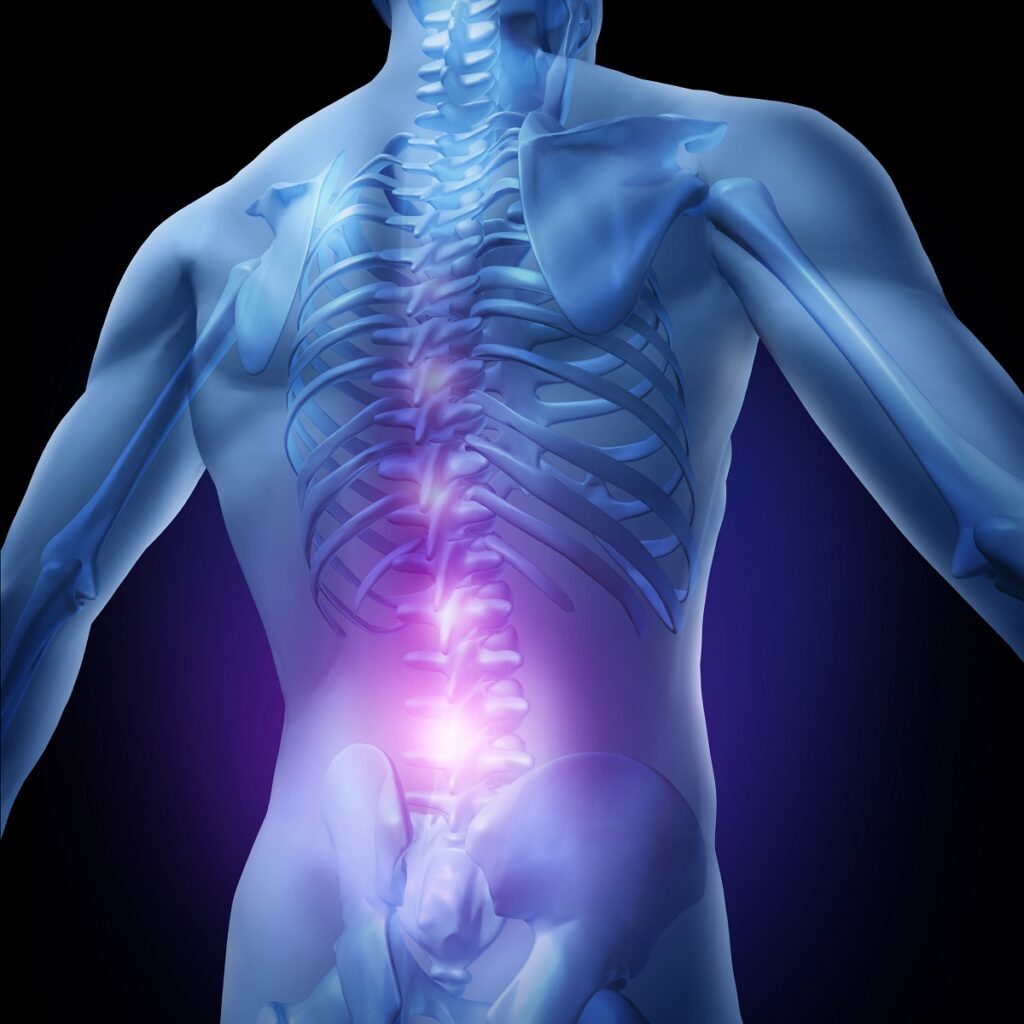CAUDA EQUINA SYNDROME

What’s Cauda Equina Syndrome?
The medical term ‘Cauda Equina Syndrome’ refers to the compression of a bundle of nerve roots at the lower end of the spine called the cauda equina. The cauda equina refers to a collection of nerve roots located at the bottom of the spinal cord and shaped in the form of a horse’s tail. This collection of nerve roots greatly influences and provides the ability to move and feel sensations in the bladder and legs.
Cauda equina syndrome generally requires immediate treatment to prevent severe long-term complications including incontinence, permanent paralysis, and loss of sexual sensation.
What’s the Symptoms of Cauda Equina Syndrome?
Symptoms of cauda equina syndrome may take a long time to manifest and can prove difficult to diagnose. These symptoms may also vary in individuals and can mimic other medical conditions. The most common symptoms of cauda equina syndrome may include:
- Numbness or altered sensations in the upper parts of the legs, buttocks, inner thighs, or feet. This numbness mostly affects parts of the body that would come in contact with a saddle in the case of a horse ride.
- Pain or weakness in one or both legs that tends to worsen over time
- Weakness or paralysis in the lower extremities
- Sudden sexual dysfunction
- Severe low back pain
- Urinary incontinence
- Urinary retention
Other symptoms of cauda equina syndrome may include sciatica, paresthesia, loss of reflexes in the lower limbs, and bowel incontinence.
What’s the Causes of Cauda Equina Syndrome?
The most common cause of cauda equina syndrome remains a herniated disk. A herniated disk, sometimes referred to as a slipped or ruptured disk, occurs when the soft interior of a spinal disk pushes out through a tear in the harder exterior of the disk. This ruptured disk may irritate the surrounding nerves and can lead to compression of the cauda equina in the lower spine.
Other possible causes of cauda equina syndrome may include:
- Spinal stenosis, a narrowing of the spinal canal in the lower back
- Birth anomalies
- Spinal lesions or tumors
- Complications from a severe lumbar spine injury
- Spinal inflammation or infections such as meningitis
- Post-operative spinal surgery complications
- Spinal fractures
What’s the Risk Factors for Cauda Equina Syndrome?
Individuals with pre-existing spinal conditions such as a herniated disk have a greater risk of developing cauda equina syndrome. Other risk factors for cauda equina syndrome may include obesity, severe back injuries, and regularly partaking in activities that require heavy lifting, pushing, or twisting.
How do Spinal Specialists Diagnose Cauda Equina Syndrome?
Along with a detailed personal medical history, a spinal specialist will request a list of all the symptoms experienced and the severity of the symptoms. The specialist will also carry out a physical examination to evaluate the patient’s strength, reflexes, and sensation. A rectal exam may follow the physical examination to check the anal muscles for tone and numbness. The specialist may recommend further tests such as an MRI scan or myelogram imaging test to help provide clear images of the spinal cord, nerve roots, and tissue surrounding the spine.
What’s the Treatment options for Cauda Equina Syndrome?
Treatment for cauda equina syndrome involves immediate surgery to relieve pressure on the nerves. Spinal specialists recommend surgery within 24 or 48 hours to prevent possible permanent damage such as paralysis of the lower extremities, loss of bladder control, and nerve damage and disability. Depending on the cause and extent of the cauda equina syndrome, physical therapy or high doses of corticosteroids may prove necessary to help with long-term recovery even after the surgery.
References
American Academy of Orthopaedic Surgeons. Cauda Equina Syndrome. (https://orthoinfo.aaos.org/en/diseases–conditions/cauda-equina-syndrome)
American Association of Neurological Surgeons. Cauda Equina Syndrome. (https://www.aans.org/en/Patients/Neurosurgical-Conditions-and-Treatments/Cauda-Equina-Syndrome)
Gitelman A, Hishmeh S, Morelli BN, Joseph SA, Casden A, Kuflik P, et al. (November 2008). “Cauda equina syndrome: a comprehensive review”. American Journal of Orthopedics. 37 (11): 556–62.
Shapiro S (February 2000). “Medical realities of cauda equina syndrome secondary to lumbar disc herniation”. Spine. 25 (3): 348–51, discussion 352.
Chau AM, Xu LL, Pelzer NR, Gragnaniello C (2014). “Timing of surgical intervention in cauda equina syndrome: a systematic critical review”. World Neurosurgery. 81 (3–4): 640–50
